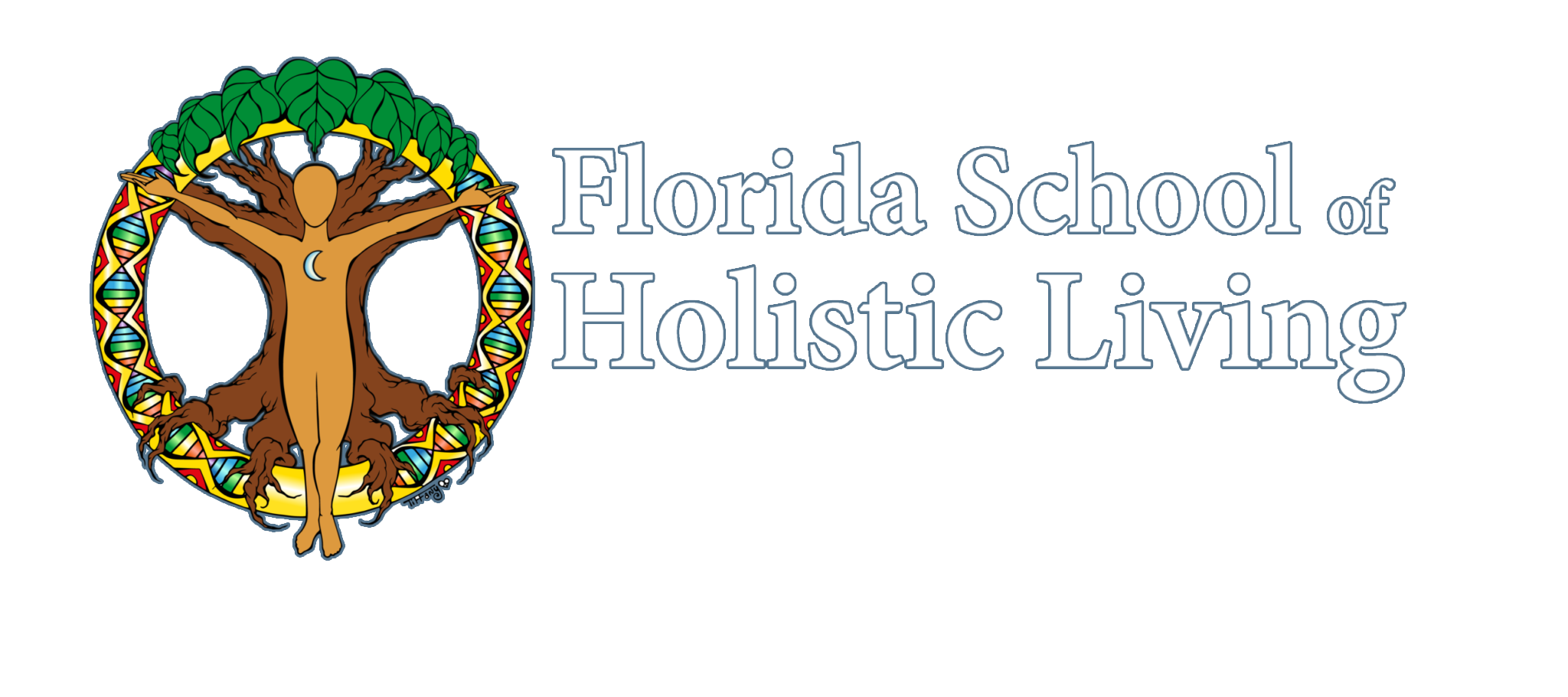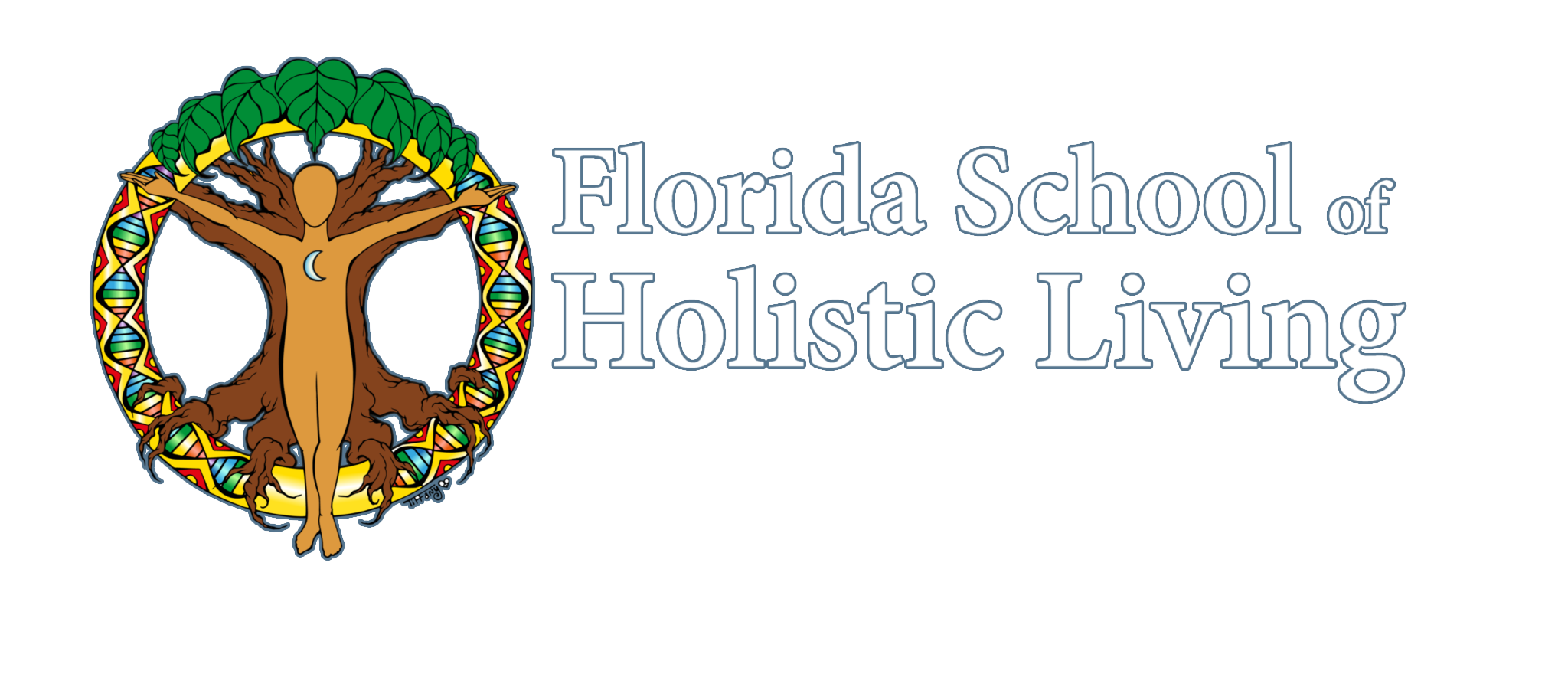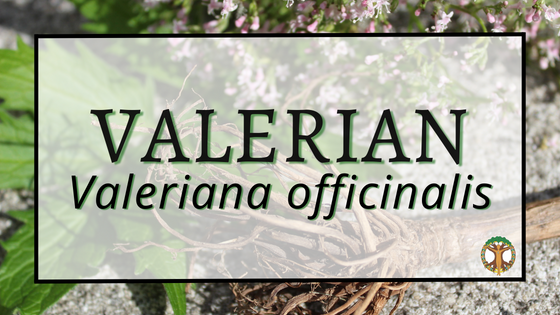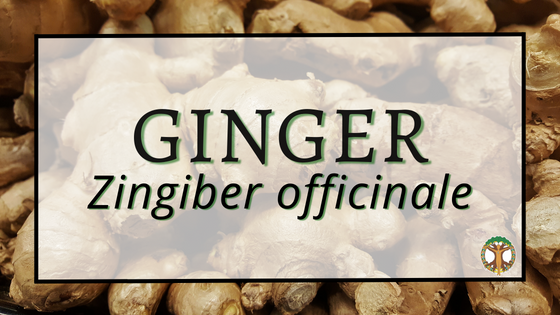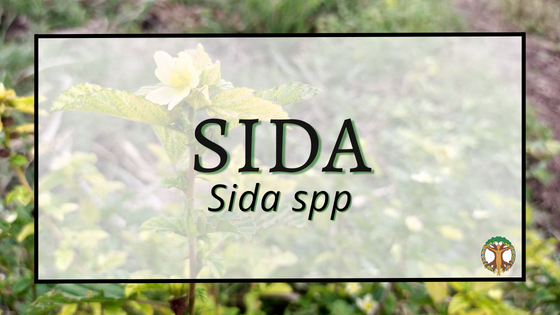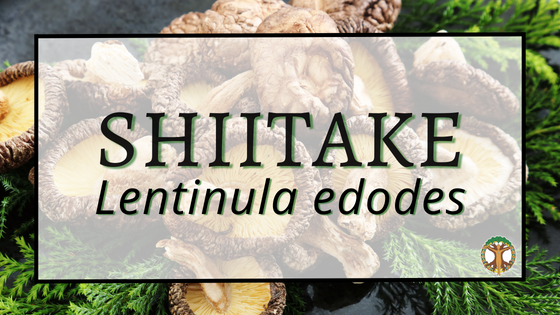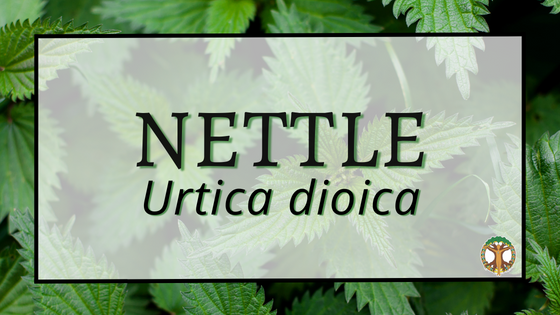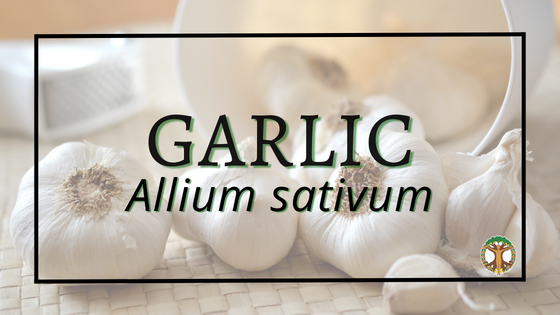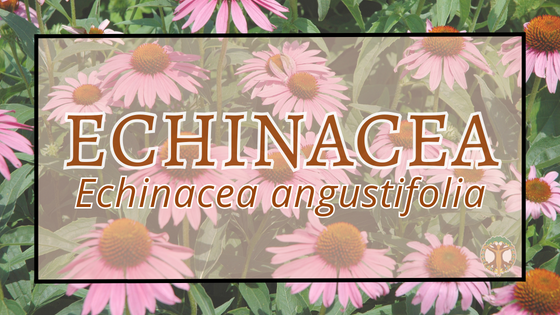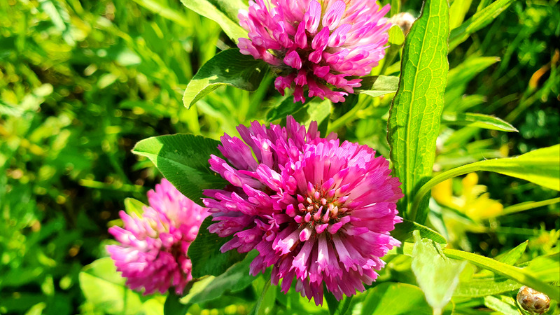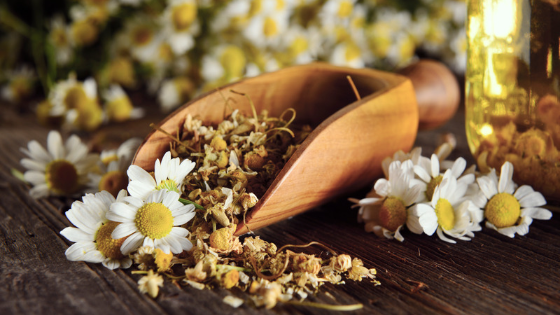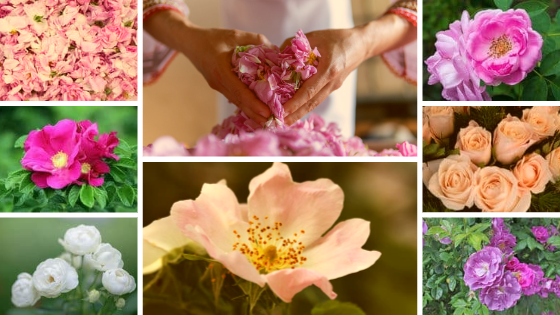-
Valerian
Common Name: valerian, garden heliotrope, garden valerian, vandal root Latin Name: Valeriana officinalis, derived from the Latin word valere, meaning “to be well” or “to be strong” Family: Valerianaceae Habitat: Native to Europe and Western Asia but grows easily in much of North America. Grows well in partial to full sun, prefers rich soil and moist conditions and can grow up to 5’ tall. White flowers in an umbel, bloom through summer and easily self sows. Lanceolate leaves are opposite and pinnately compound on a reddish stem. Leaves are larger on the lower ends of the stem and get smaller as you move up. Flowers have a sweet fragrance, but…
-
Ginger
Common Name: Ginger Botanical Name: Zingiber officinale; Zingiberaceae Part Used: rhizome Energetics: pungent, sweet, drying, warm to hot Actions: Stimulant, diaphoretic, expectorant, carminative, antiemetic, analgesic Systems: digestive, respiratory, cardiovascular
-
Sida
Botanical name: Sida rhombifolia, Sida ulmifolia, Sida acuta*, Sida cordifolia Family: Malvaceae Common name: Broomweed, wireweed, teaweed, fanpetals, Cuban jute, Indian hemp, bala (* A note on S.acuta vs. S.ulmifolia – “ Although S. acuta has often been applied to Florida material, Krapovickas (2003) restricted the use of S. acuta to plants with a glabrous to ciliate calyx and (5-)6(-7) mericarps. Sida ulmifolia is then applied to plants with a stellate-pubescent calyx and 7-12 mericarps, which applies to the specimens common in Florida.” Wunderlin et al, Atlas of FL Plants 2019. According to historic use and research, it can be presumed that these two species may be used interchangeably.)
-
Shiitake
by Lex Barnard Common Names Shiitake, Shiitake Mushroom, Black Forest Mushroom, Chinese Black Mushroom, Donko (dōnggū) aka “winter mushroom”, xiang gu aka “flower mushroom”, bai hua gu Latin Name: Lentinula edodes Family: Omphalotaceae Habitat: Native to east Asia, largely China and Japan, as well as in warm and moist climates. Shiitake grows on decaying broadleaf (deciduous) trees and is largely cultivated throughout the world. They fruit during spring to late summer and early autumn. Parts Used: Fruiting body and mycelium
-
Nettle
by Lex Barnard Latin name: Urtica dioica Family: Urticaceae Habitat: Perennial herb often found in damp, nutrient-rich soil along bodies of water in relatively well shaded areas or places with access to full sun. It can also be found in disturbed areas and is often thought of as a “weed” due to its ability to spread quite far. This is due to the fact that nettles spread via rhizome as well as via seed. The leaves are saw-toothed, heart-shaped, and alternate on its stalk. There are stinging hairs that cover the stem and leaves. It can grow 3-5 feet tall and in zones 2-9.
-
Garlic
by Shay DeGrandis Common Names: Garlic, Ail, Ajo, Camphor of the Poor, Da Suan (TCM), Nectar of the Gods, Poor Man’s Treacle, Rason/Lasunam (Ayurveda), Stinking Rose Latin Name: Allium sativum Family: Alliaceae (previously listed as Amarylidaceae and Liliaceae) Habitat: With approximately 500 species native throughout the Northern Hemisphere, almost all cultures across the world have grown and utilized some type of garlic. Most garlic is currently cultivated in China and India while some is imported from South America. California is the largest grower in the U.S.
-
Echinacea
Echinacea is a perennial plant that grows to 4 ft. with upright stems and purple to pink flowers that are daisy-like. It’s a hardy perennial that has branched stems with oval, lanceolate, bristly leaves. The large flowers have brown-orange centers that are packed with bristly scales. Echinacea is native to central and eastern North America. It grows best in open woodlands and prairies.
-
Red Clover
This perennial herb grows to 16 in. high. It has hairy upright stems, leaves with 3 (sometimes 4) oval leaflets with a white crescent marking, and pink or purple egg-shaped flowerheads.
-
Chamomile
Chamomile’s common name, earth apple, refers to the sudden and enticing smell that arises when the flowers of this plant are crushed beneath your feet.
-
Rose
Several different species can be used, like R. damascena, R. canina, R. rugosa, R. virginiana, R. multiflora, R. gallica, R. centifolia, R. palustris, R. spinosissima, and a few others. It’s important to note that not all garden variety roses can be used, so be sure to verify your rose species before adding them to your herbal collection.
